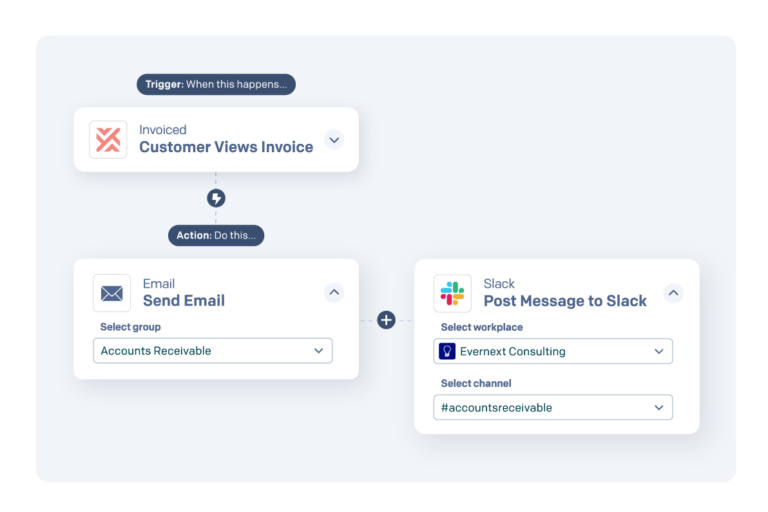At a time when businesses are digitizing and automating processes at a hyper-accelerated rate, a surprising number of accounting departments still perform reconciliation manually. But now, cloud-based platforms are enabling more and more companies to automate an effort that’s often lengthy, tedious, and prone to error.
What is Reconciliation?
In the simplest terms, a reconciliation process verifies the accuracy of a company’s records against third-party data. It compares transactions recorded by an organization’s accounting team with the information provided by banks, customers, suppliers, and other internal groups to ensure that the data lines up.
Businesses perform different types of reconciliation to verify different types of information, from debts owed to inventory in stock. The most common form of the process, bank reconciliation, checks a company’s internal transaction data against the information in its banking statements. For accounts receivable (A/R), reconciliation verifies customer payments against the amount a company has invoiced within a certain timeframe.
It sounds straightforward enough, but reconciliation processes are often among the most time-consuming performed by accounting teams. A recent survey found that approximately 95 percent of reconciliation efforts are spent on transactions that already match—not the entries requiring attention or remediation.
Why Automate Reconciliation?
Automating reconciliation can transform a labor-intensive monthly task into a far less arduous—and more frequent—process that can help protect your business. Companies choosing to automate reconciliation processes are:
- Catching banking issues quickly – Businesses running automated reconciliation processes regularly identify duplicate charges, incorrect overdraft fees, and other banking errors right away.
- Making informed decisions – Without frequent and reliable reconciliation processes, an organization may be basing decisions and projections on incorrect financial data.
- Protecting against fraud – Regular automated reconciliation quickly highlights any unexpected withdrawals, overpayments, unauthorized checks, or missing deposits that may indicate fraudulent activity.
- Freeing up time and resources – Instead of dedicating hours to reconciliation each month, businesses automating these processes can give staff more time to focus on other concerns.
- Reducing human error – Companies automate reconciliation processes to decrease the likelihood of error, which is high when employees are manually reviewing business transactions.
- Maintaining consistency at scale – Human error is even more likely as a business grows and the number of transactions increases. Automated processes scale along with a company, remaining consistent no matter how large the transaction volume becomes.
- Optimizing accounting processes – With frequent automated reconciliation, any bottlenecks or issues with internal accounting processes come to light quickly, allowing organizations to address them.
- Creating audit trails – Automated reconciliation establishes a clear record for any potential internal or external audits related to financial transactions.
Solutions for Reconciliation
Manual reconciliation
The practice of account reconciliation dates back centuries when every transaction was handwritten into a company’s general ledger and needed to be painstakingly matched against sub-ledgers and external records.
Today, the tools have changed, but the basic process for manual reconciliation remains the same. Accountants spend hours poring over spreadsheets to match and clear transactions, line by line.
But the growing demand for real-time financial data—along with the time, frustration, and likelihood of error involved—indicates that the trend toward automating part or all of the reconciliation process will continue at a steady pace.
Partial automation
Many companies use built-in software functionality or add-on modules to automate certain aspects of the reconciliation process. For example, simply automating the invoice follow-up process can be highly beneficial for businesses.
By setting up automated payment and past-due reminders, accounting departments eliminate time and effort spent writing emails or calling customers to collect invoices. And they get paid faster. Conducting a poll of its customer base, Invoiced determined that businesses using automated invoice chasing functionality received payment an average of eight days earlier than those relying on manual follow-up methods.
Cloud-based Automated Platforms
Today, an increasing number of businesses are moving to cloud-based platforms to automate their accounting functions, including reconciliation. Cutting-edge cloud-native tools transform outdated, unwieldy A/R processes into the efficient, streamlined experience your customers and your internal users increasingly expect.
The ease of use, connectivity, and flexibility of cloud-based solutions make them ideal for the current digital business landscape. Companies can sign up and start collecting payments in minutes, and simple point-and-click features allow users to jump right in and easily perform core tasks.
Built with integration in mind, cloud-native solutions like the Invoiced A/R Cloud platform offer push-button functionality to connect with other systems without any IT support required. In addition to integrating with virtually any accounting or ERP system, the Invoiced platform easily connects with Salesforce, Slack, and dozens of other business applications.
Since no two businesses conduct A/R exactly the same way, the flexibility offered by cloud-based solutions is key. With hundreds of settings accessible through a user dashboard, there are virtually limitless ways for businesses to configure the Invoiced A/R Cloud platform to meet specific requirements.
Learn more about what cloud-based A/R can do for your business: https://www.invoiced.com/payments



